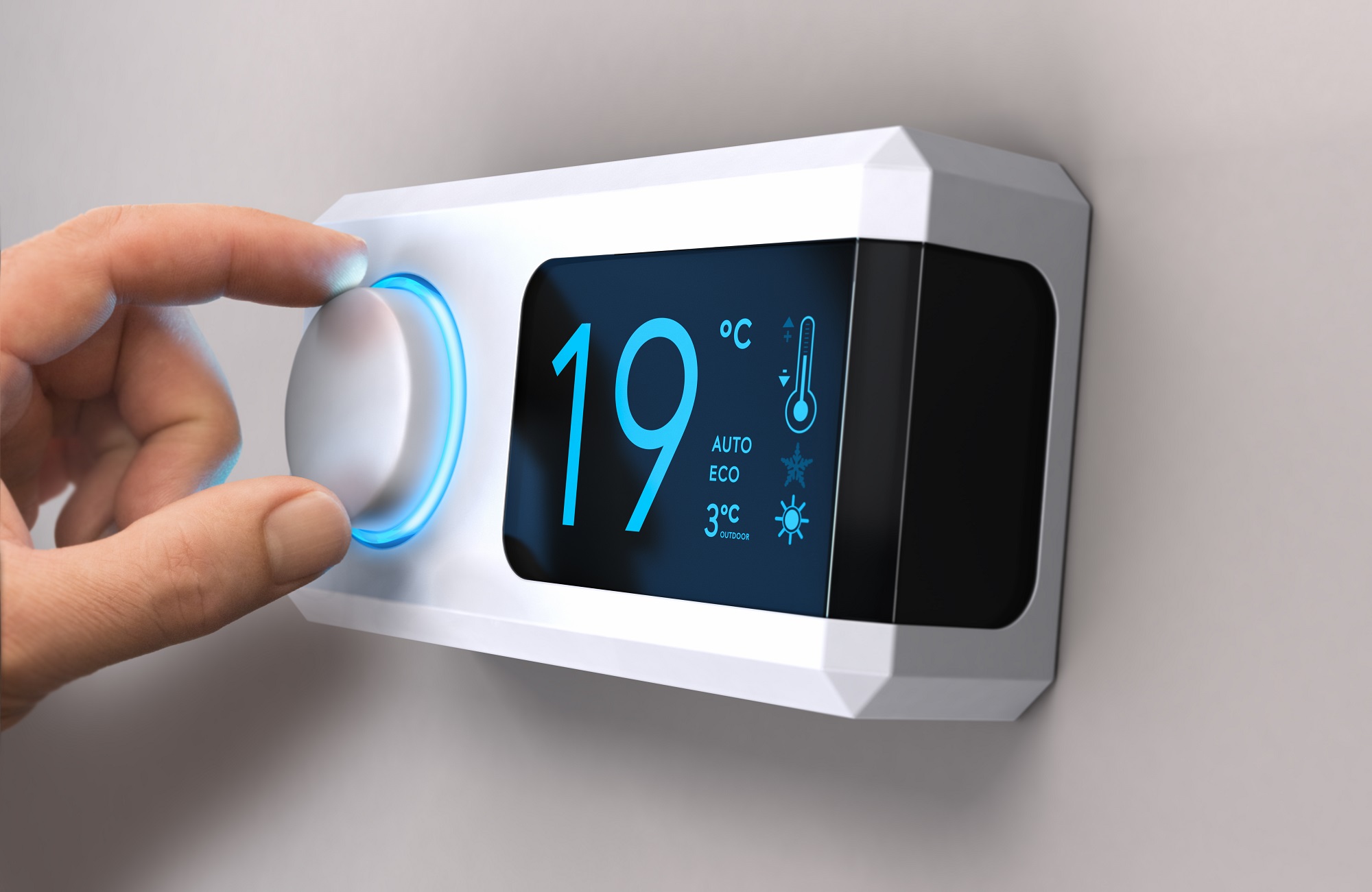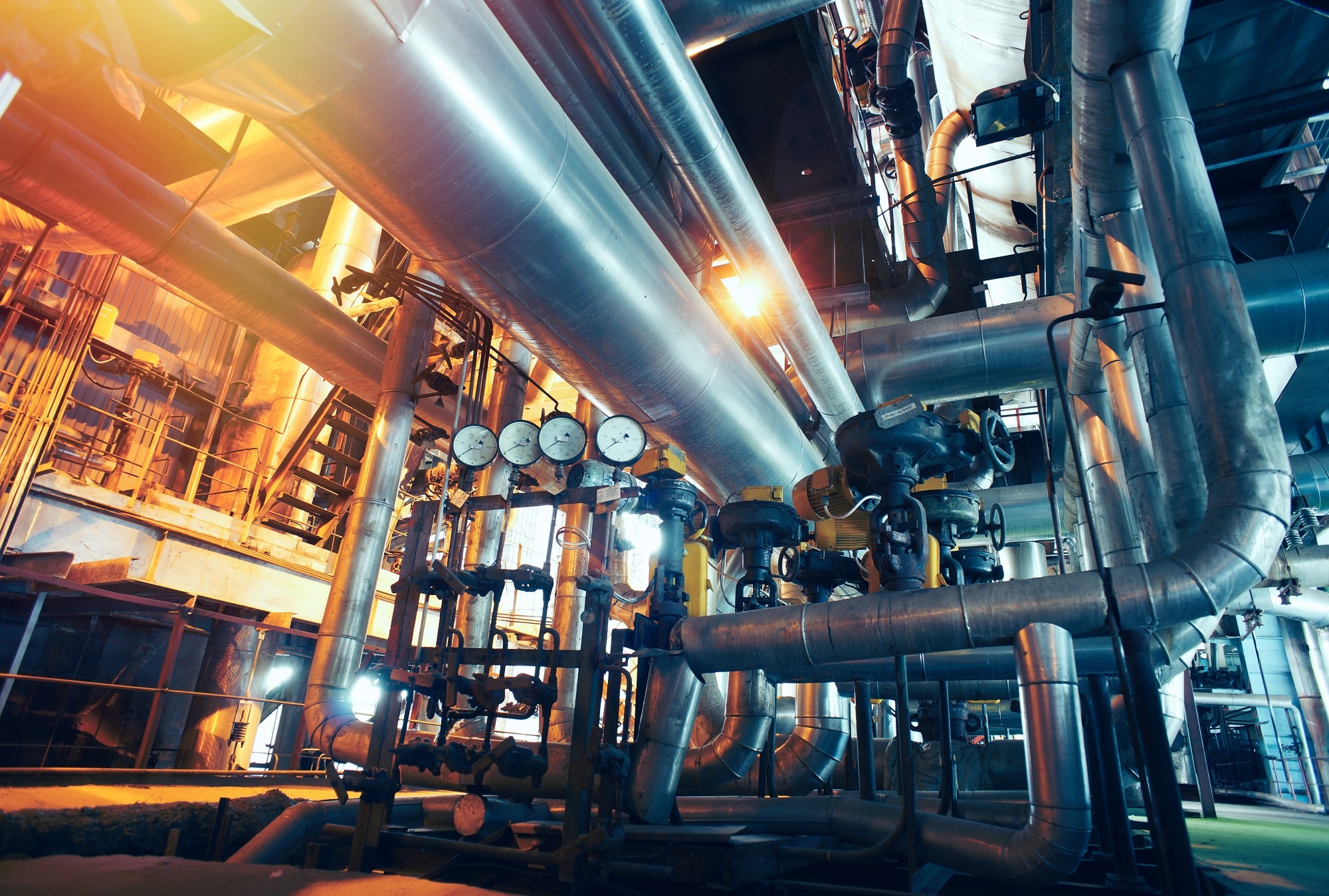Applications
Refrigeration
Current refrigerators are heating up our planet while keeping our food cool. They consume a great deal of energy – about 8% of our global electricity consumption. Magnetocaloric refrigeration systems significantly reduce the required energy consumption.
As a proof of concept, Magneto is co-developing a refrigeration system for a supermarket. The project will demonstrate the energy efficiency and reliability of the technology. Next, the path is open for refrigeration systems of all different sizes and temperatures – from household refrigerators to freezing applications down to -80 °C.


Heating
In Europe, 80% of the energy we consume at home is used for heating of our spaces and water. Over 2/3 of this energy comes from fossil sources. Heat pumps are considered the key to reduce the energy consumption, while switching to renewable sources. However, the current heat pumps are often not very efficient. They require a large investment compared to a gas boiler but struggle reduce the energy bill sufficiently to justify the investment. With the help of subsidies, Europe is starting to convert households to using heat pumps.
Five factors of the current (vapor compression) heat pumps hinder this conversion:
- Their limited efficiency increases the payback period
- The amount of non-renewable electricity, together with the limited efficiency reduce the amount of CO2 emissions that are abated compared to gas boilers
- The refrigerant gasses used in these heat pumps can leak out, causing a global warming effect several thousand times as strong as CO2 per kilogram
- Reducing these leakages, as well as assuring a safe system, requires well trained mechanics. The limited availability of these mechanics is considered a major bottleneck for a fast conversion in Europe. (link)
- By switching to electrical heating instead of gas, the electricity grid will require extra capacity, especially during cold winter days. Electricity providers do not have the required personnel capacity to provide this extra capacity in time. By using more efficient heat pumps, the extra required capacity is minimised, allowing for a faster and more affordable transition.
Industrial heating
Magnetocaloric heat pumps could provide heat for high temperature applications, such as steam generation or paper production. Heat pumps based on vapor compression cannot provide heat at temperatures over 80 °C at reasonable efficiencies. Therefore, fossil energy is currently the main source of energy for these applications. The global demand for heat between 60 and 200 °C is over twice the demand for heat below 60 °C, hence there is a great request for a technology that can provide this efficiently.


Waste Heat Recovery
The Magnetocaloric effect works two ways – from electricity to heat and vice versa. Low value residual heat, below 70 °C, is currently considered waste for most industries. 44% of the energy used globally for electricity production is not converted into electricity, but lost as waste heat, below 100 °C. As this heat cannot be used to generate steam, it cannot be converted into electricity in the conventional way. Our magnetocaloric material can be used to make a thermomagnetic motor, which can efficiently convert low-temperature waste heat into electricity. This means that this vast resource of low value energy can be converted into high value electric energy, thereby decreasing our total energy demand.

